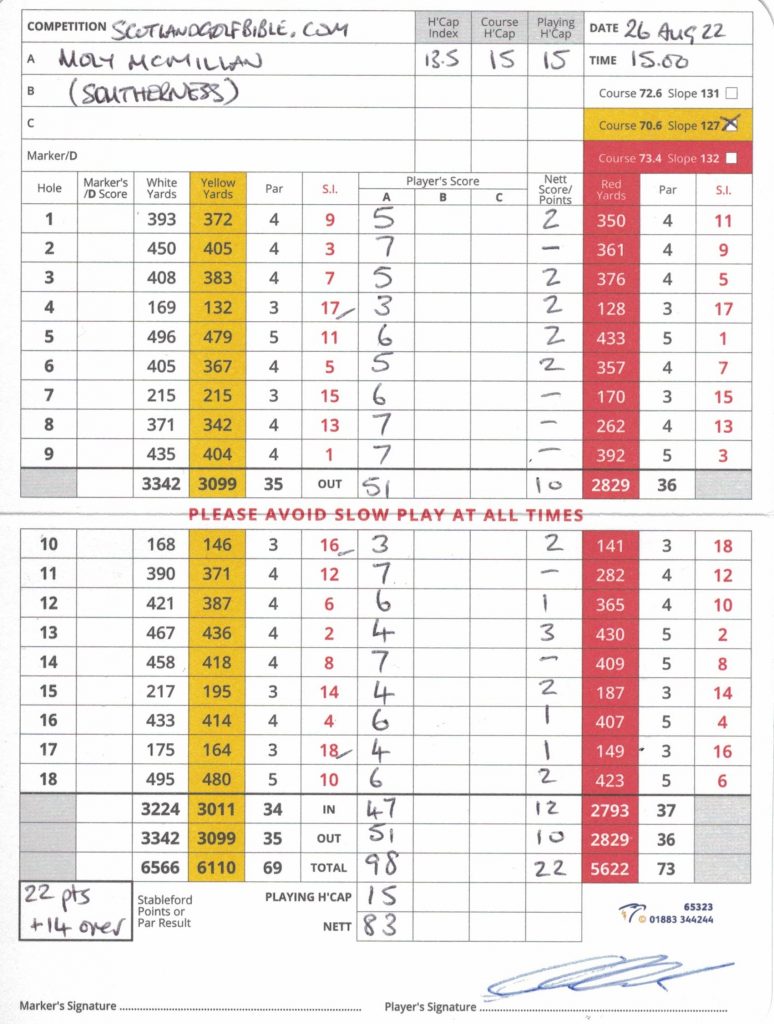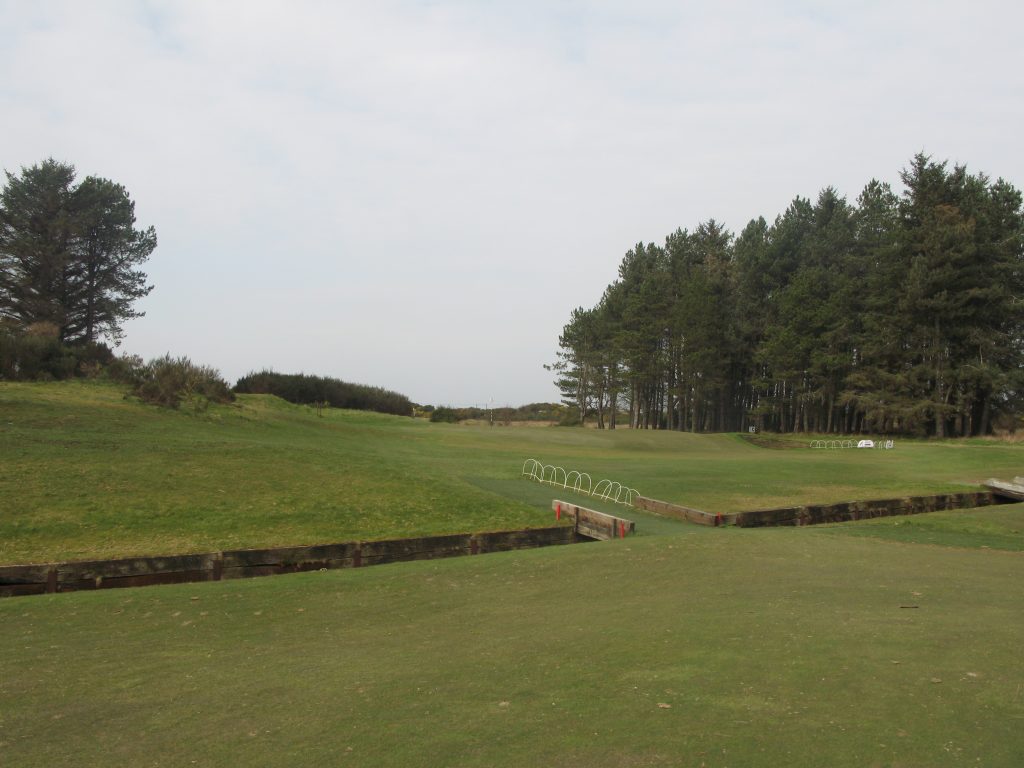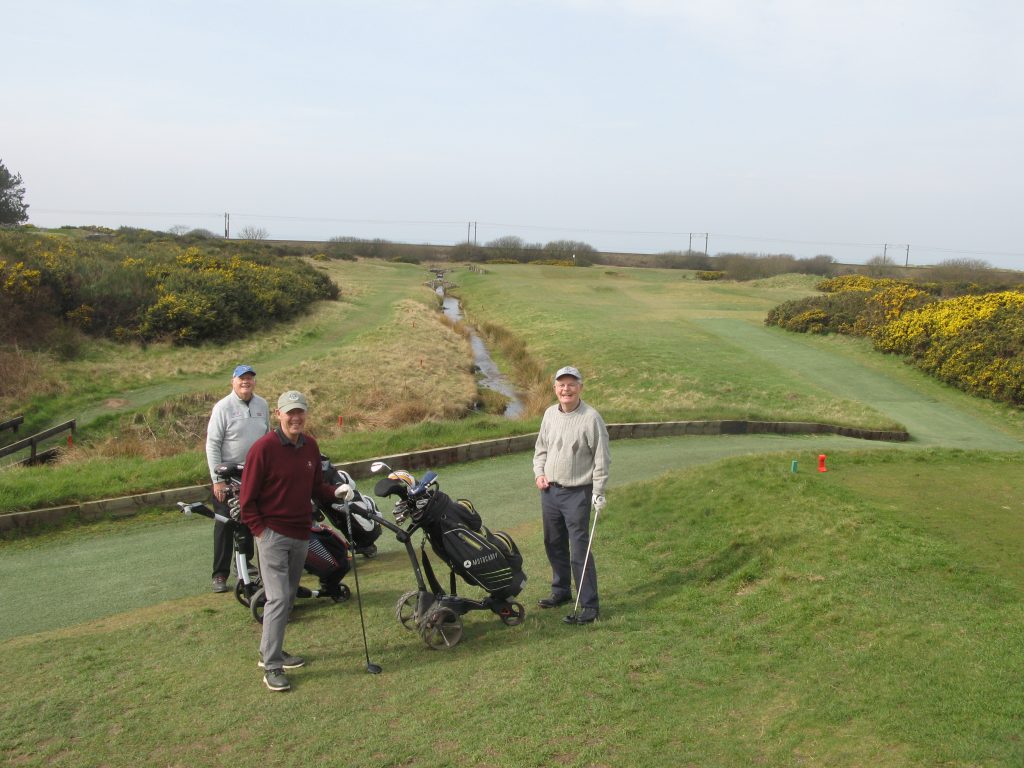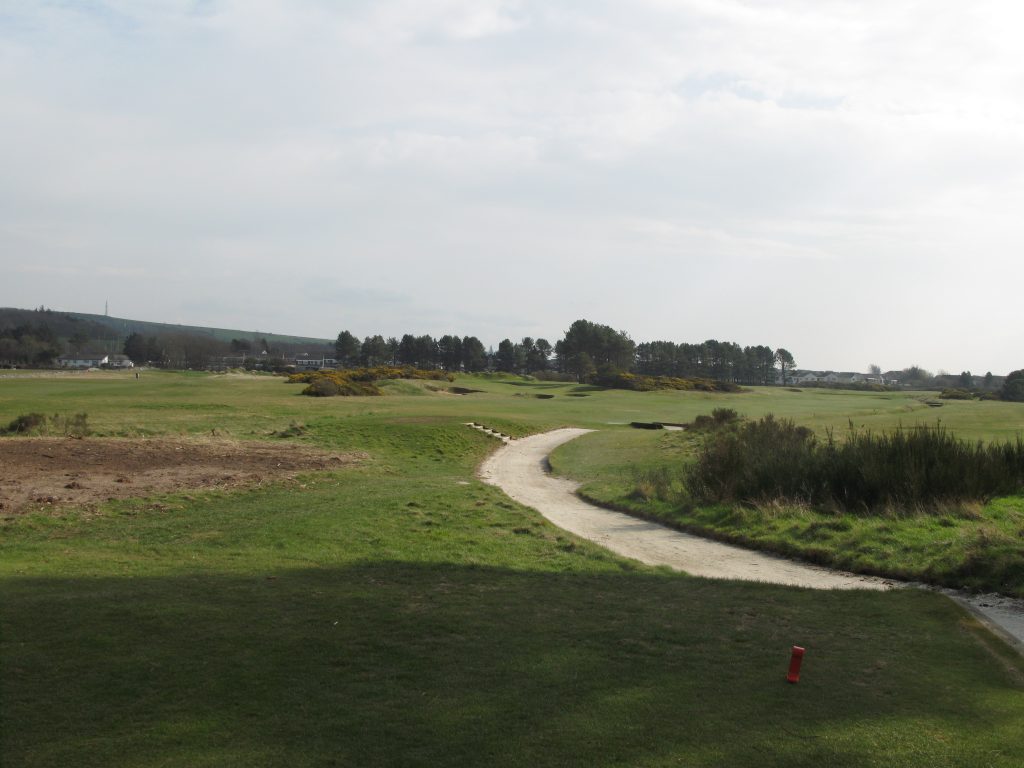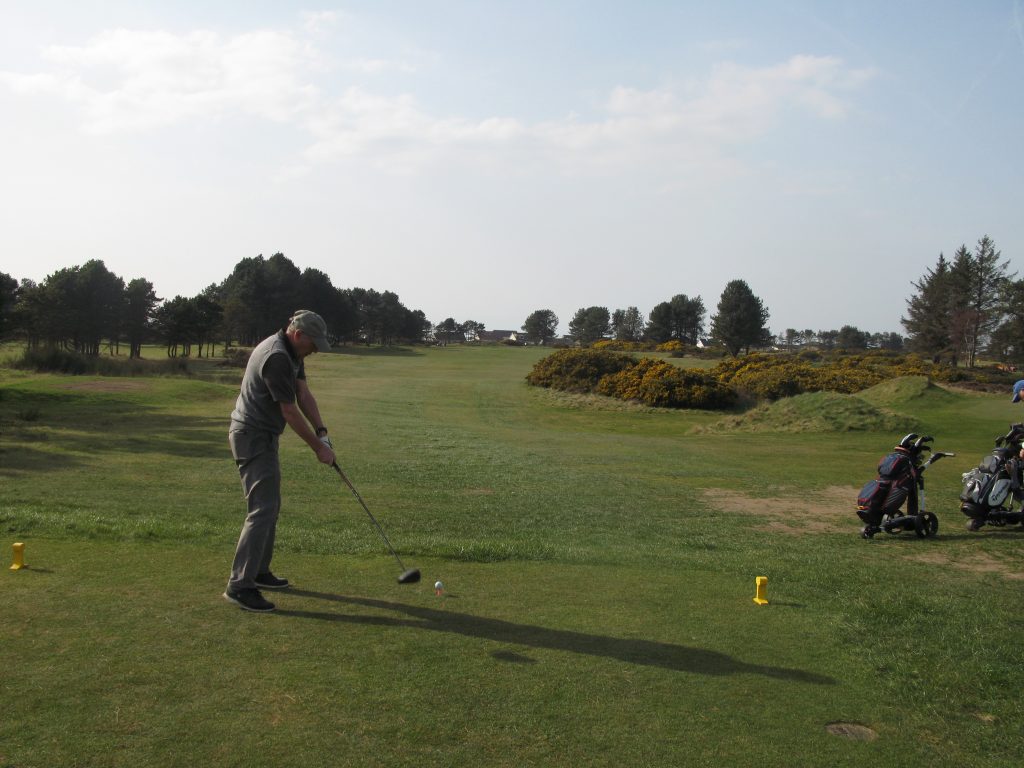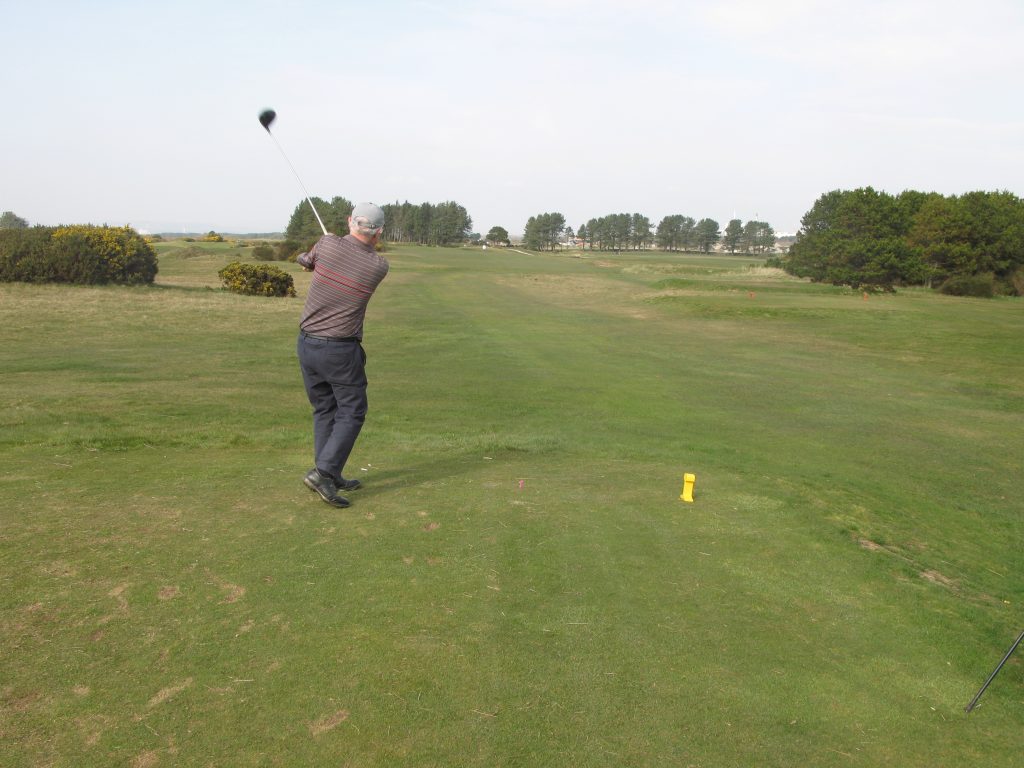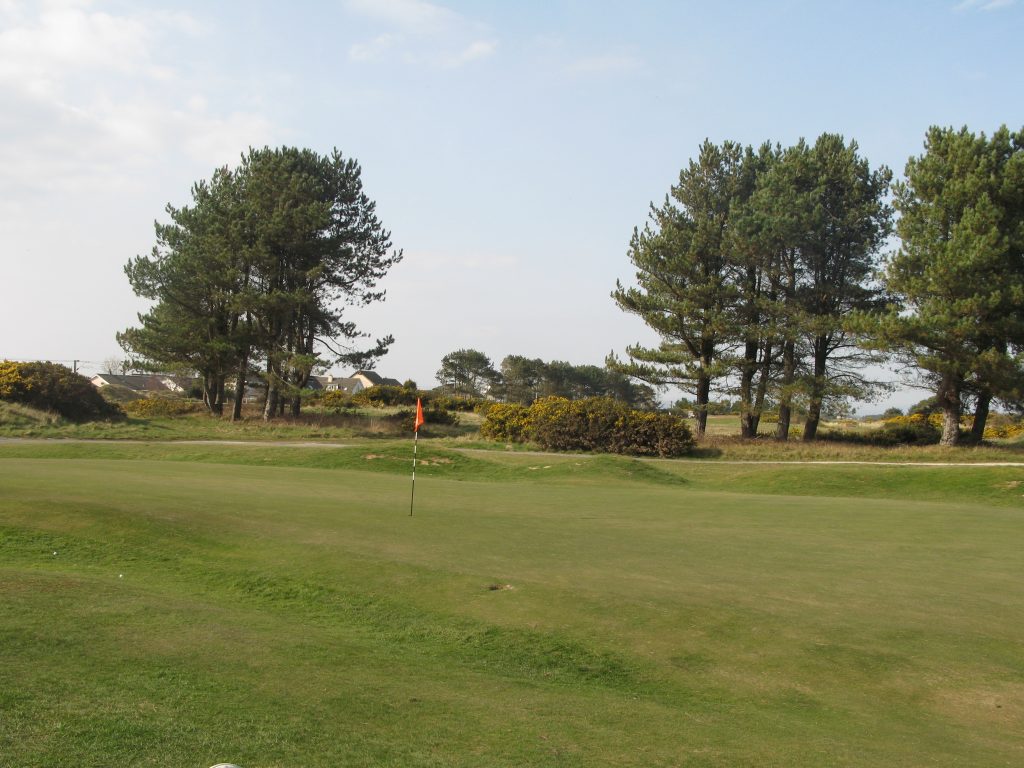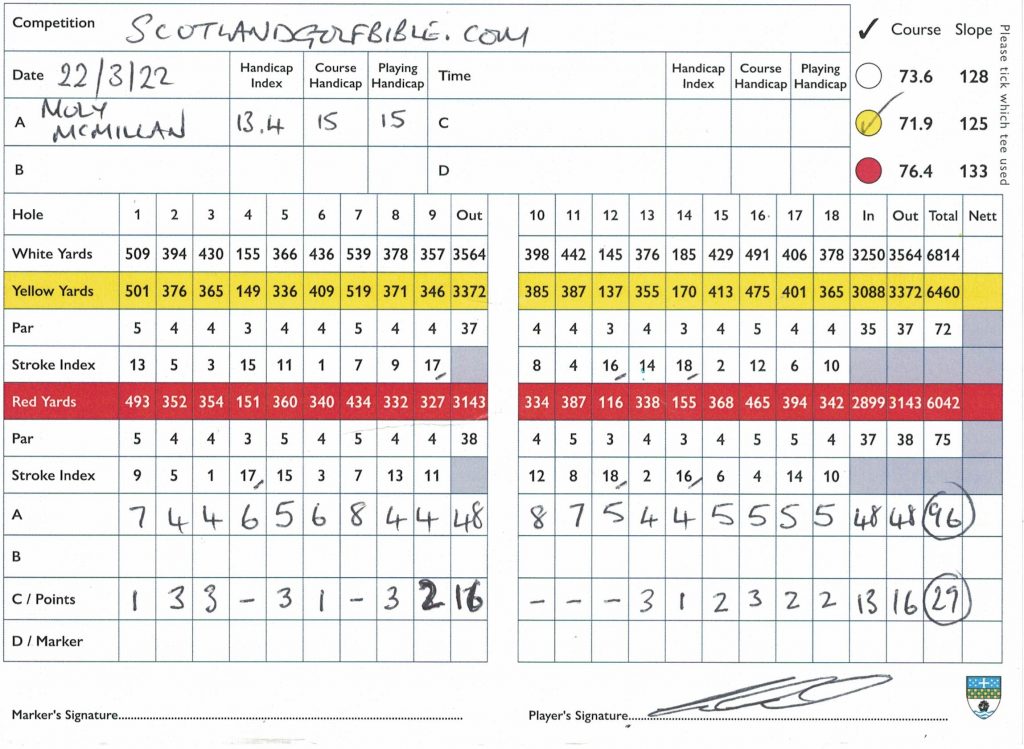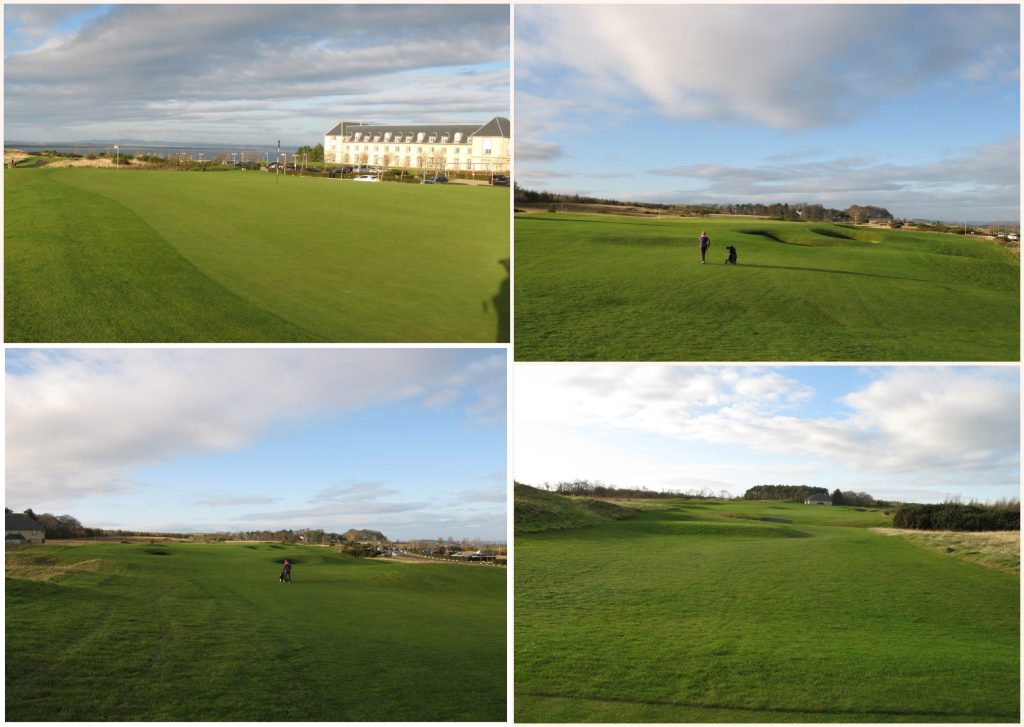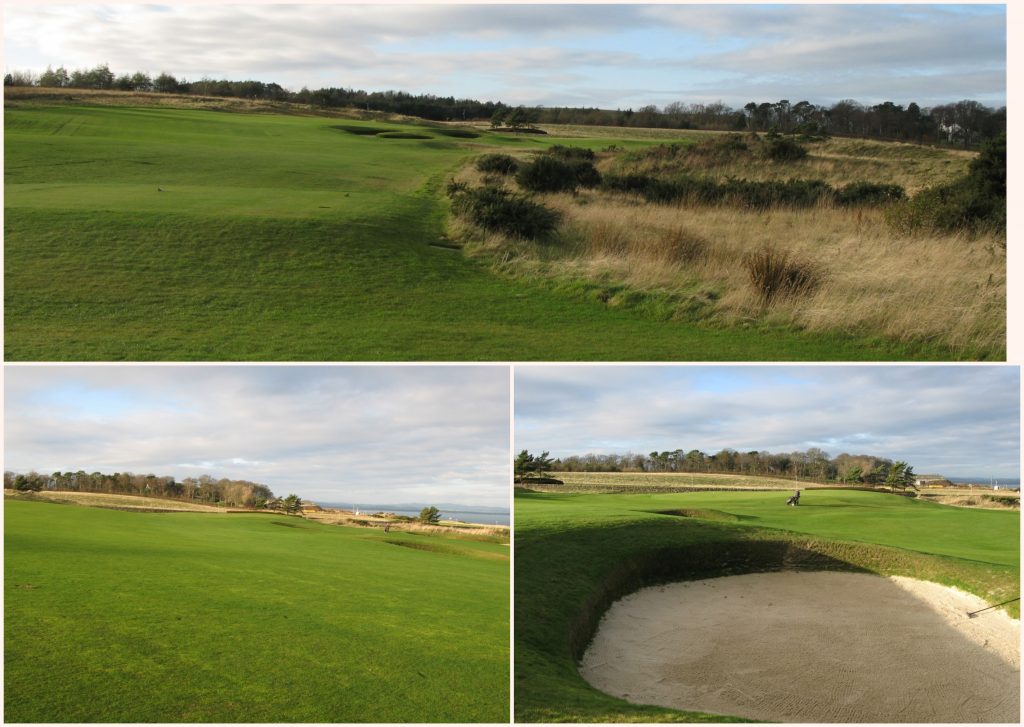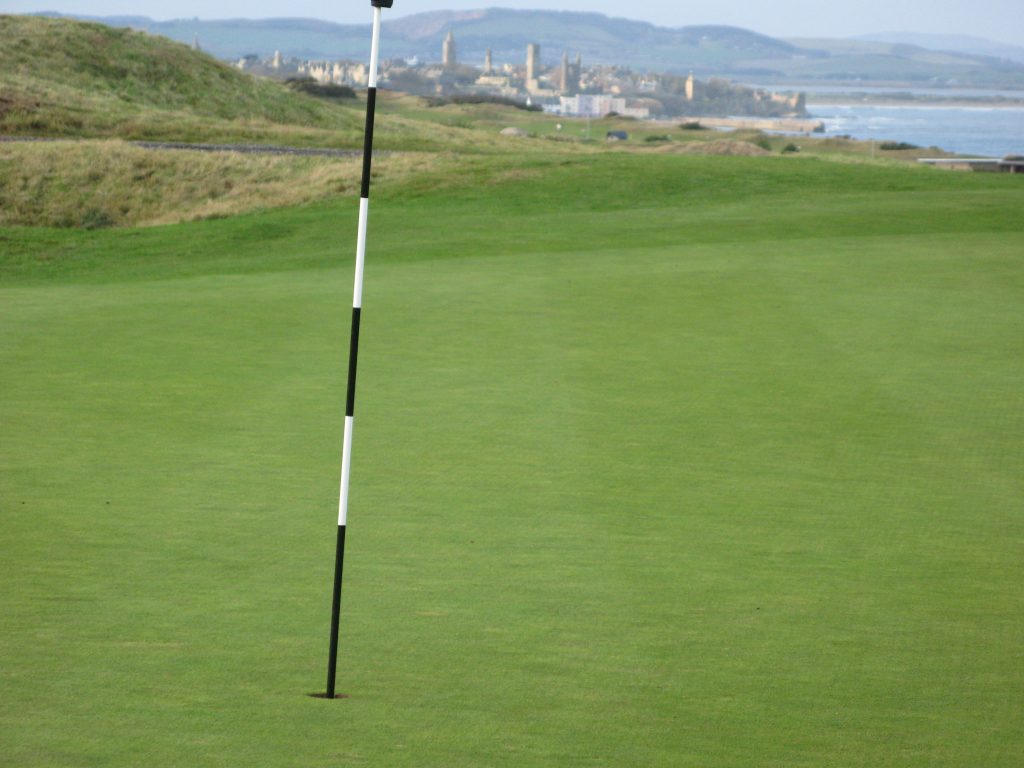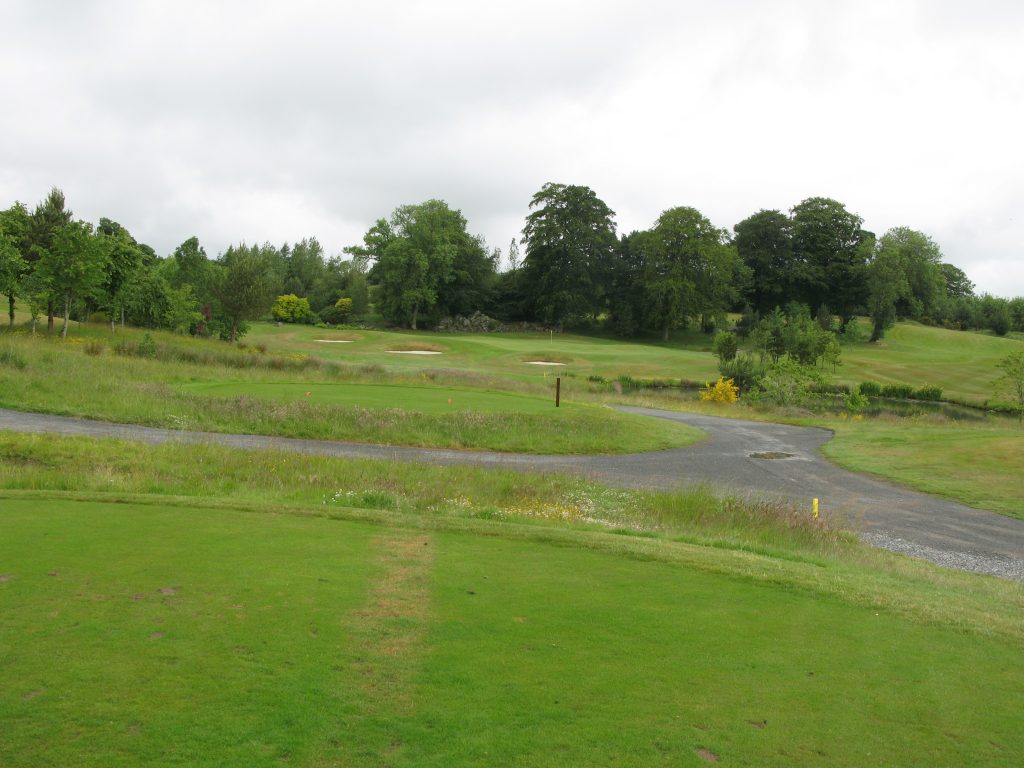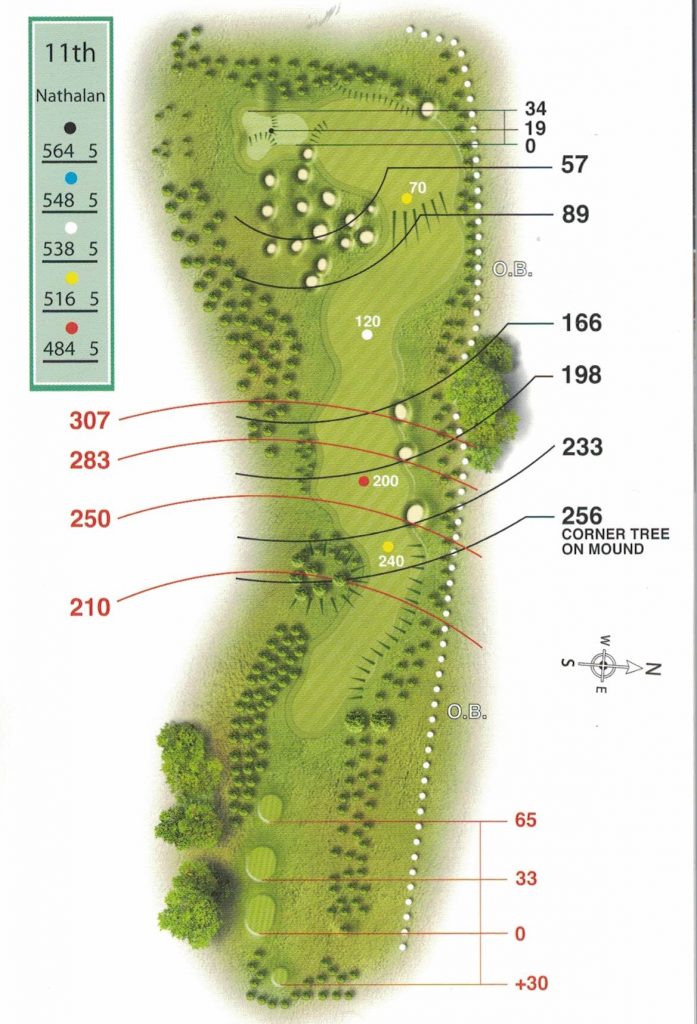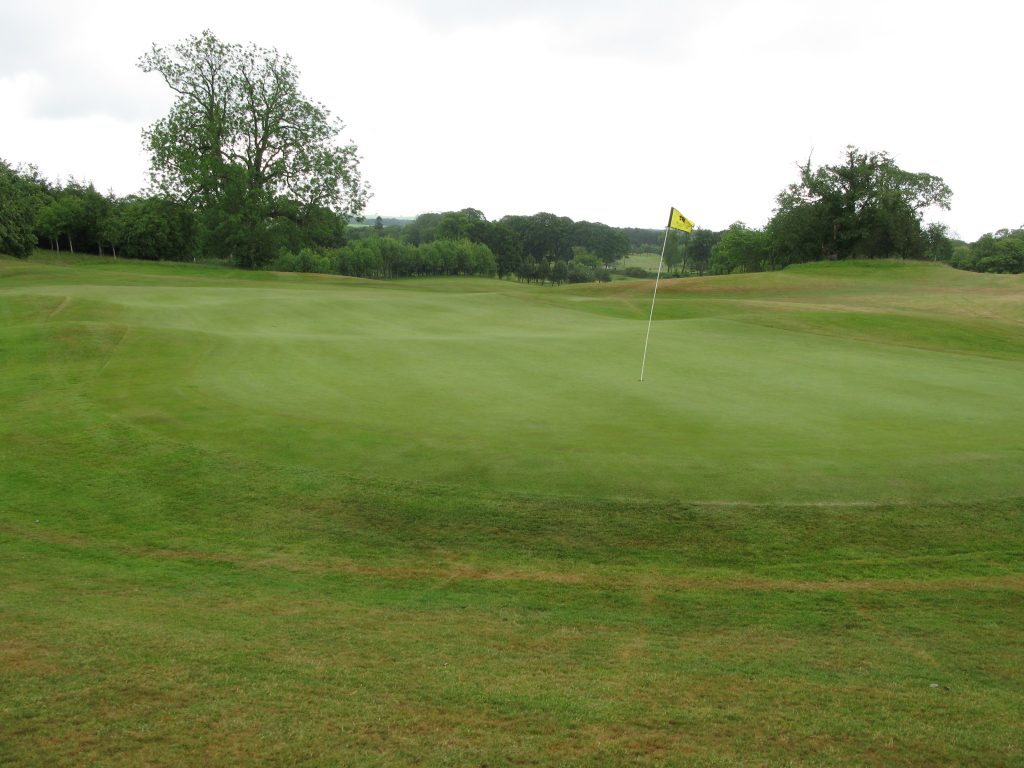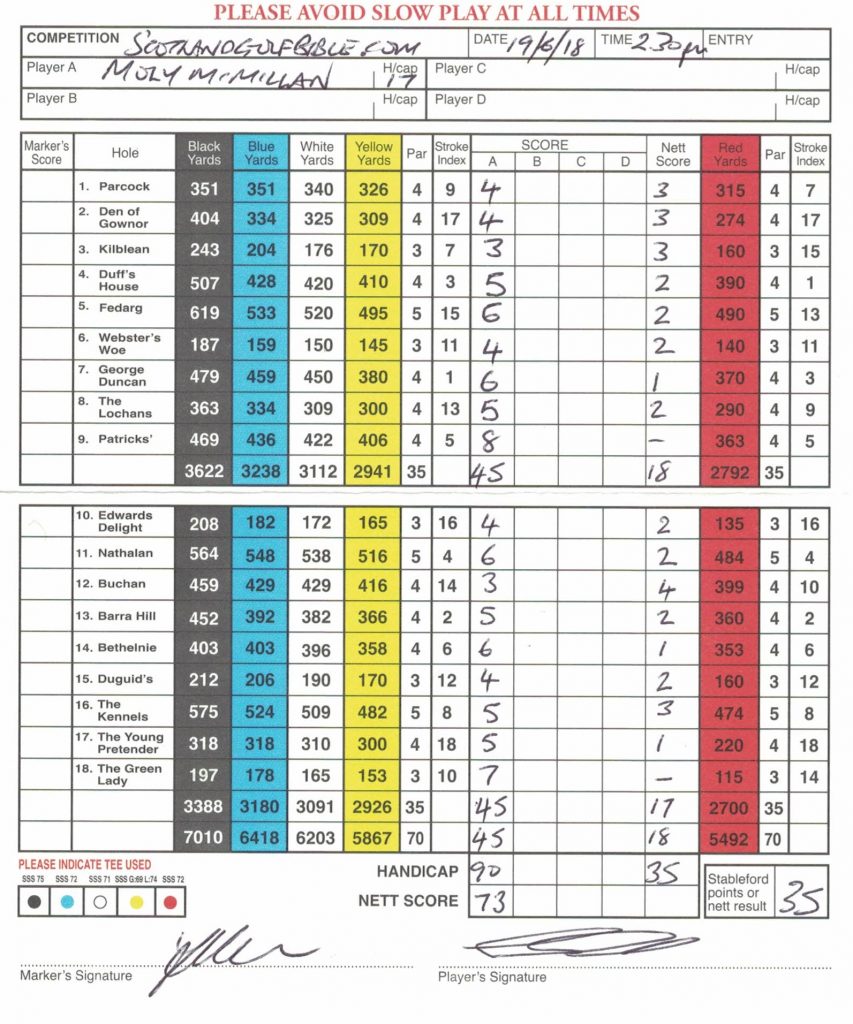Arguably Scotland’s best value golf course.
Round £80. Par 69. Course/Slope Rating (yellow) 70.6/127. Value (out of 5) – 5
Moly’s Score – 98
Southerness, pronounced ‘Sutherness’, is a beautifully deceptive and top quality golf course. But, had it not been for an unsuccessful search for coal, it may not exist.
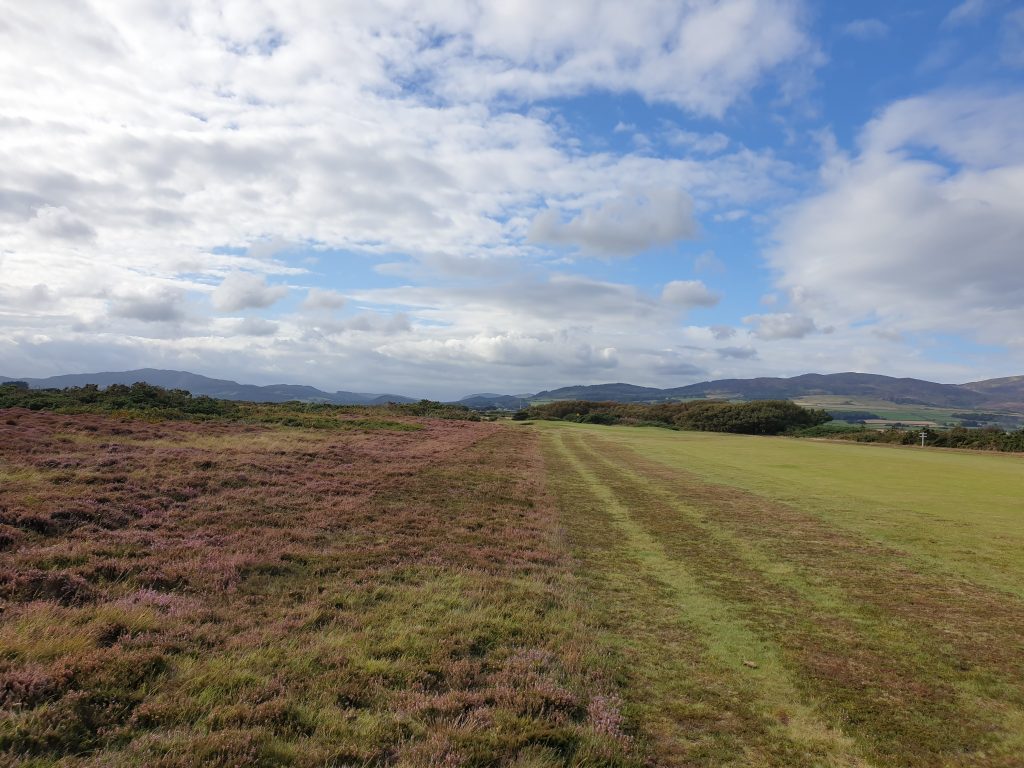
Southern Scotland’s bloody history of struggle amongst noblemen jockeying between the warring Scots and English, meant choosing the right marriage or alliance determined life or death and, invariably, who came to own the land.
In Tudor fallout, James Douglas, Earl of Morton, was executed under the rule of James VI, by means of a Maiden (a pre-cursor to the Guillotine) in 1581, and his land in the Southerness area resorted to the Maxwell clan.
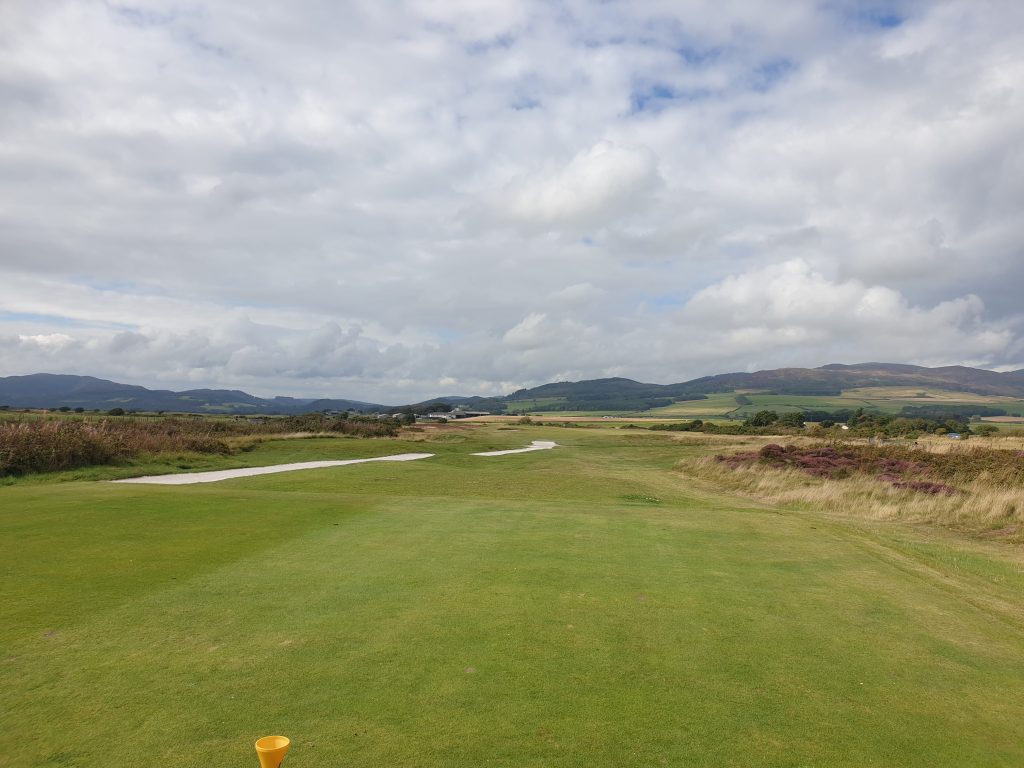
The land was then sold to Richard Oswald, a successful Scottish merchant and friend of US Founding Father, Benjamin Franklin, in the 1700s, with an intent to mine for coal. This instigated the building of the small village of Southerness and one of the world’s first lighthouses. No coal was ever found and the land lay largely undisturbed.
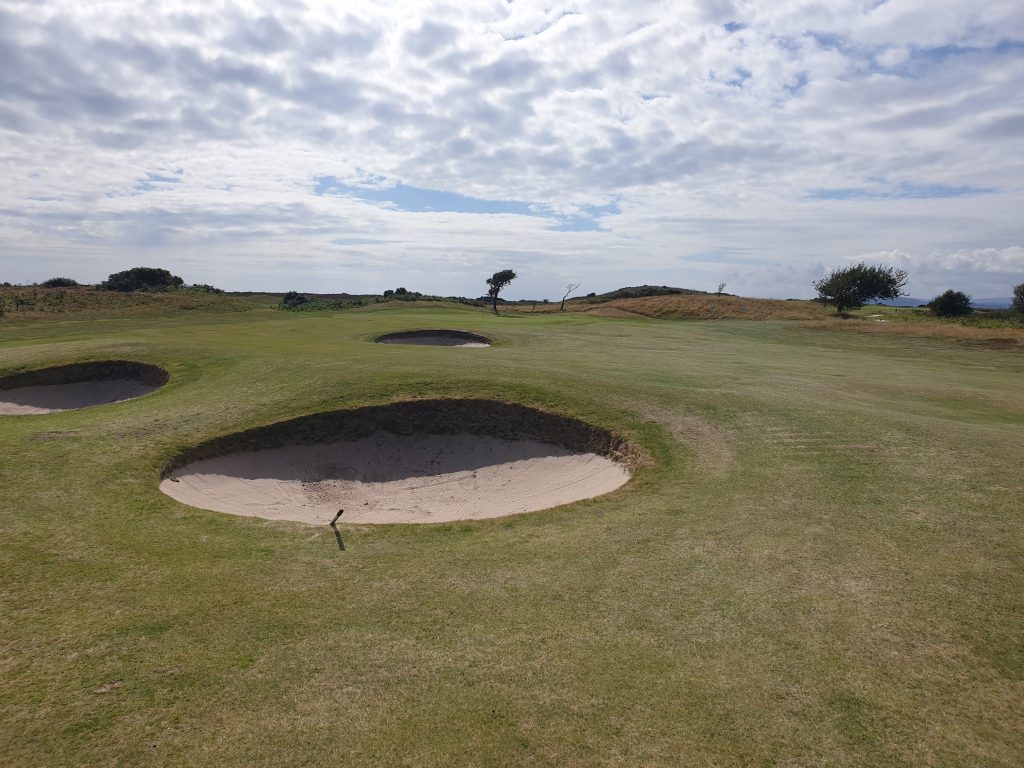
One of Richard Oswald’s name sake descendants, on returning from fighting in the second world war, mercifully decided to build a golf course, which opened in 1947. Presumably as an antidote to the horrors of his war.
This history puts our golfing and life woes in context. As you play Southerness, on its serene and beautiful landscape, perhaps feel blessed that most of our lives have not shed or witnessed the blood compared with those who went before us.

Set on the north bank of the Solway Firth, with outstanding views towards the Lake District, Oswald had the foresight to engage one of the great architects of his generation, Philip MacKenzie Ross. Often referred to just as ‘MacKenzie Ross’, a name seemingly destined to be a course designer, Southerness is his masterpiece.

The golf course is a little off the beaten track, and without other world class courses in the immediate area, the pricing reflects that needed detour. I paid only £50 for a late August twilight and, starting at 3pm, had the course virtually to myself. The sun was out, it was warm, but the breeze was up – it was heavenly links golf weather. With the heather starting to bloom along with the Scottish light of late summer, it was aesthetically stunning.
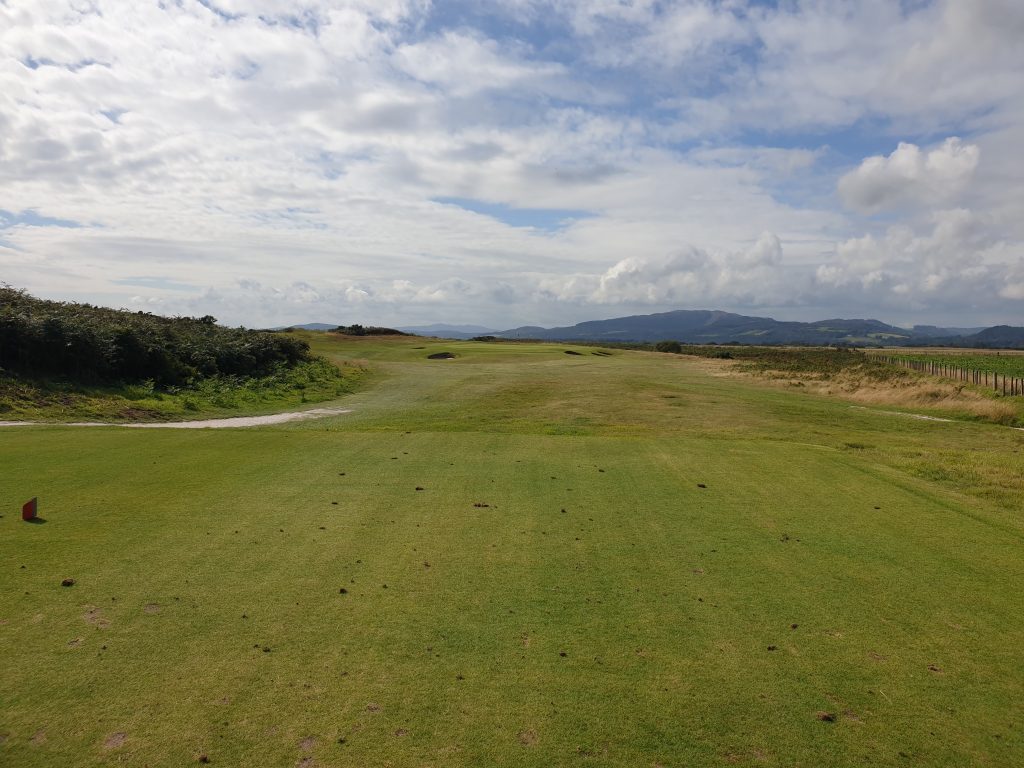
In immaculate condition, the course was scheduled to host a Scottish Seniors matchplay championship the following week, and is clearly a worthy championship venue. Albeit it’s a deceptive course on the eye.
From the tee it looks very generous. However, unlike many great Scottish links, which have rough solely of fescue and bent grasses, Southerness is surrounded by heather; find this and you’re doing well to get double bogie. The heather wraps round the club head, meaning your next shot is often still from the heather.
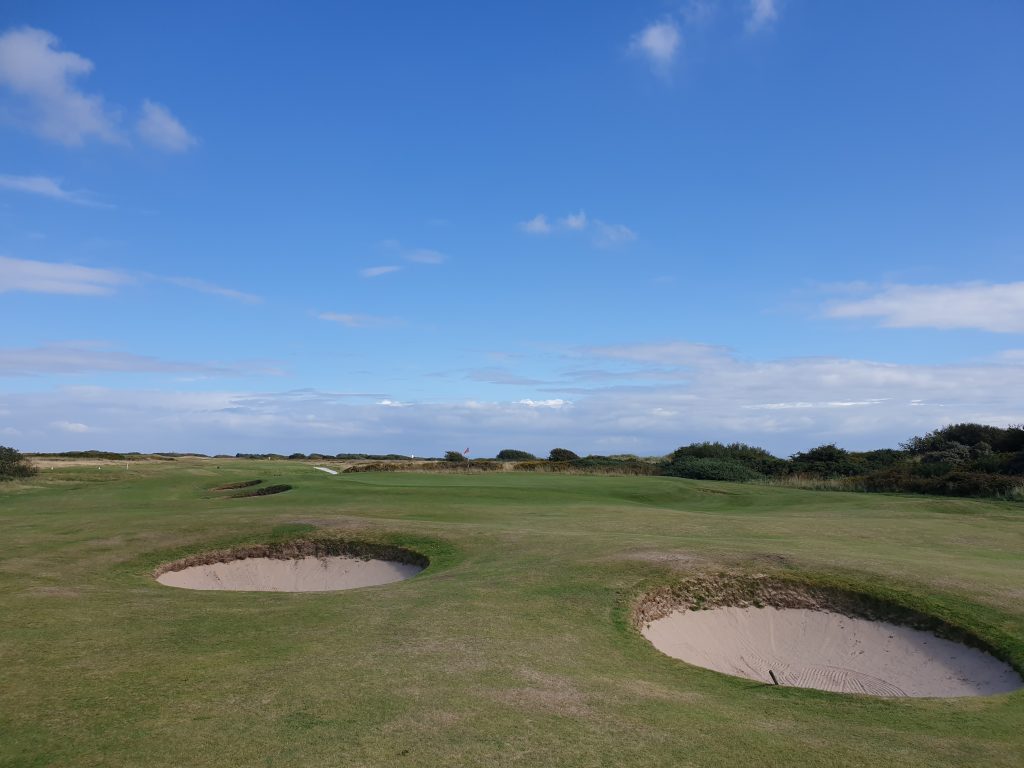
Having racked up six triple bogies, by missing fairways, my advice would be to consider a penalty drop from the heather if it results in a decent lie, especially if two club lengths reaches the fairway. Had I taken 6 penalty drops my score would have been lower.
The course starts with three very difficult holes, although this is not MacKenzie Ross’s original layout. In 1974, the building of the current clubhouse, changed the order of the holes. The original 6th hole became the new opening hole, and all others follow the same designed order of play. The club’s website has an excellent history of the course here.
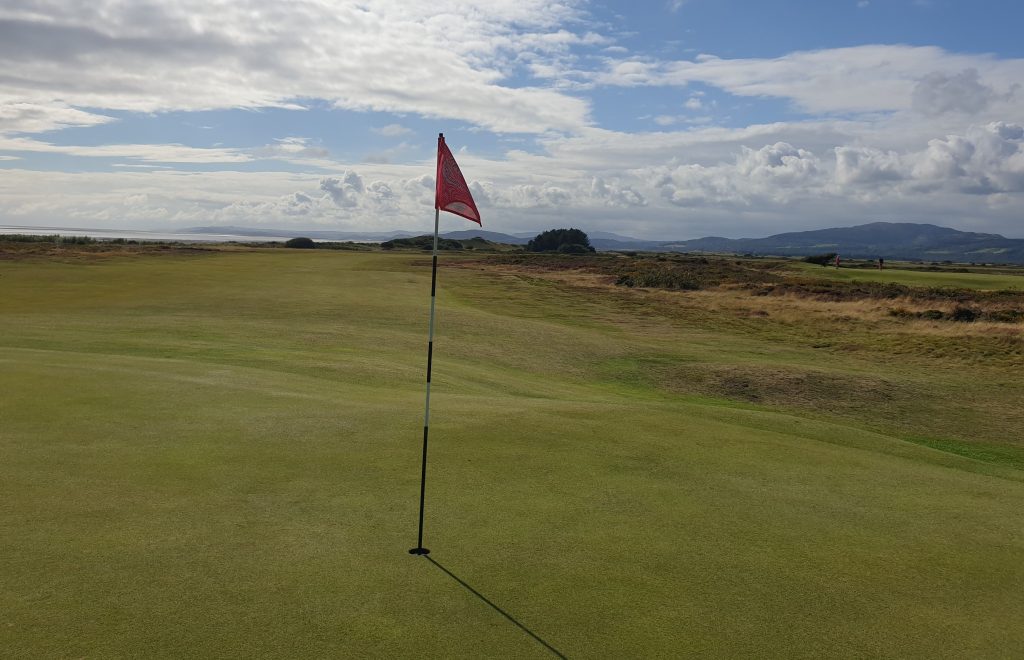
The club’s website also says ” a course for all abilities”. Whilst I normally loathe such ‘sound bites’, I think they have a point, since there are no long carries, little water other than the odd ditch, and pot bunkers that are penal but not impossible. The construction of the greens and surrounds, coupled with pin positions, could make this course almost unplayable in certain wind conditions. With centrally placed pins and benign conditions, high handicappers could score well – not always the case in new design – as long as you miss the heather! It’s a wonderfully crafted course.
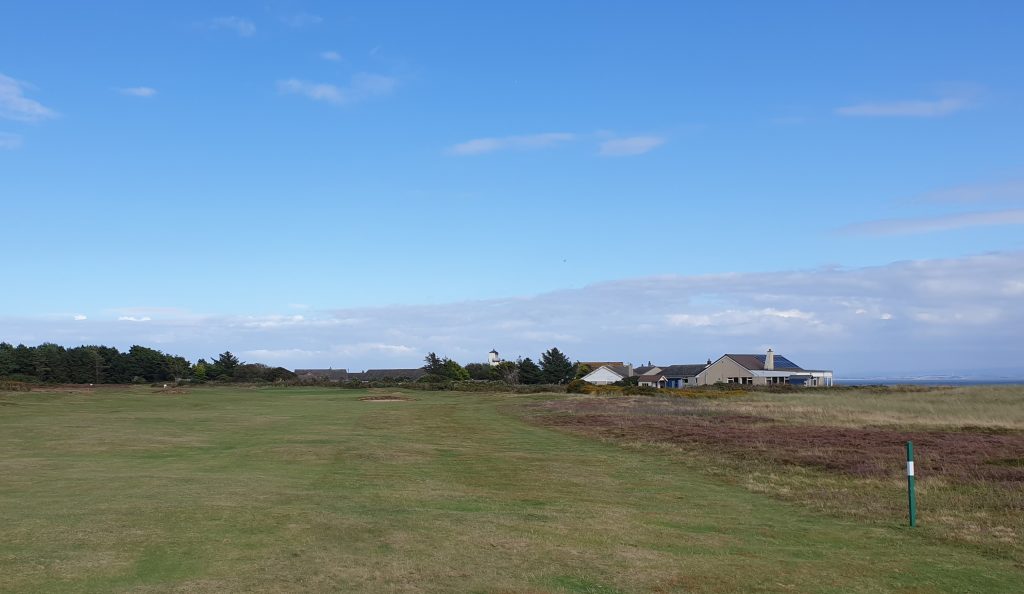
Southerness is well worth a detour for any visiting golfer, it’s the best isolated course in Scotland for me. Despite my poor 98, I still had as much enjoyment as I’ve ever had on a golf course.
If you found the history pre-amble interesting, I would recommend The Lymond Chronicles, by Dorothy Dunnett, one of Scotland’s greatest writers, which tells the warring stories in 16th century Scotland, including many Douglas’ and Maxwell’s.
Facts:
Course Type: Links
Par 69 (2 par 5s, 11 par 4s, 5 par 3s)
Distance (yellow): 6110 yards
Moly’s Gross score: 98
